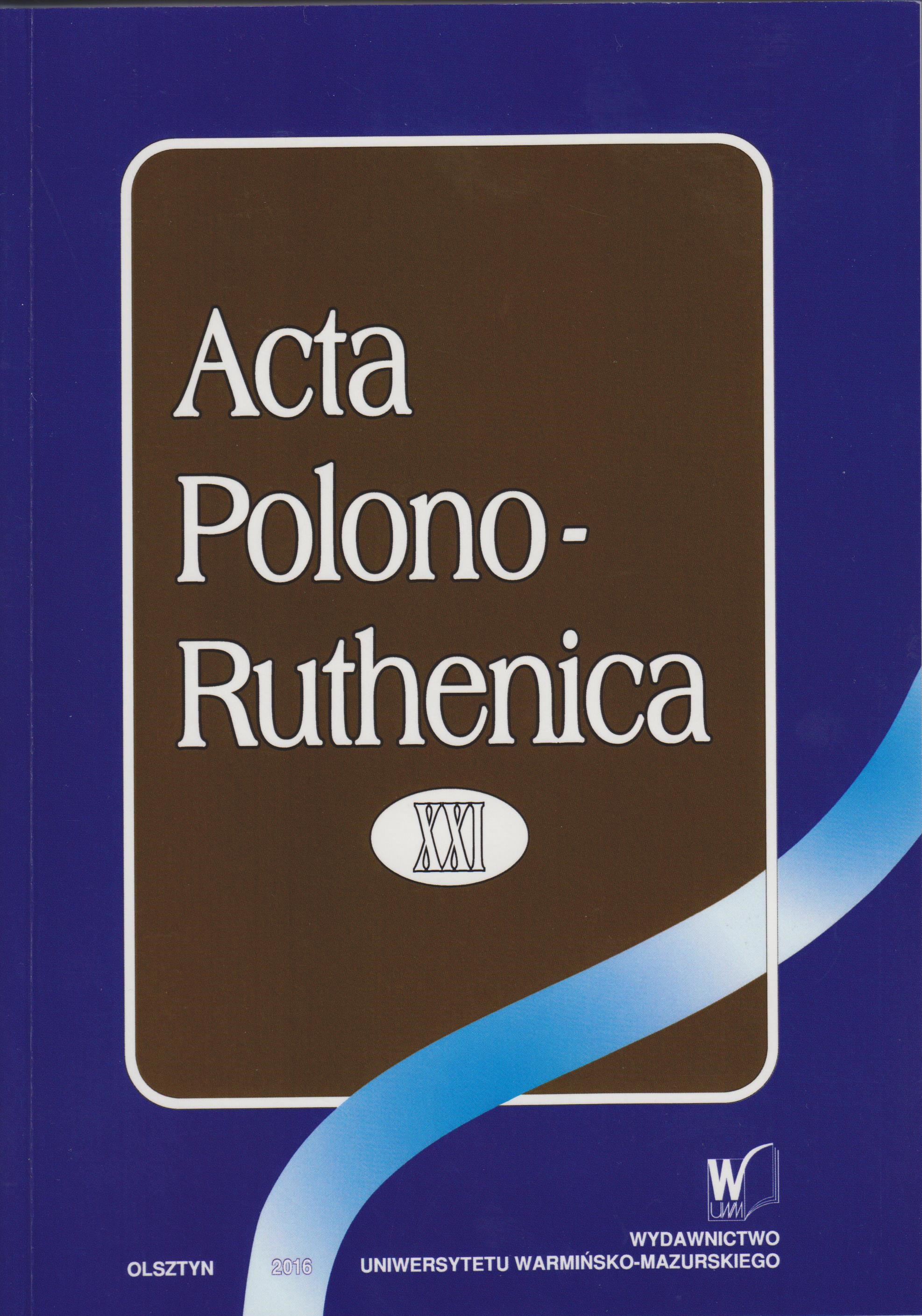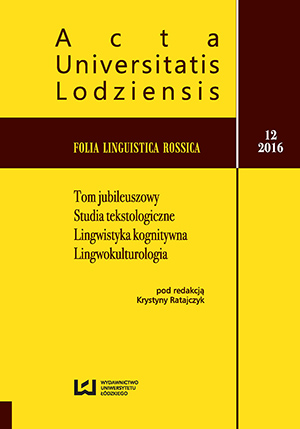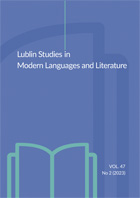
Usvajanje govora kod dvodijalektalnoga djeteta
The paper describes the speech and language development of a bidialectal child over the course of the first three years of his life. The idiom spoken in the child's surroundings is kajkavian-based Zagreb city speech, while the child’s mother speaks a Neoštokavian Ikavian idiom spoken in the city of Split. The paper discusses the stages in the child’s language development and focuses on the origin of the acquired phenomena. The data, collected by diary and via recordings of the child's interactions with his environment, are compared to recent research in language acquisition. Examples of code mixing and code switching are analyzed to establish the manner and order of acquiring the varieties the child is surrounded with, and pinpoint influences that impact acquisition. The paper tries to underline the differences in how bidialectal children acquire language and point to the need to study this phenomenon further. In the end, a prognosis of the child’s further language acquisition is offered.
More...














